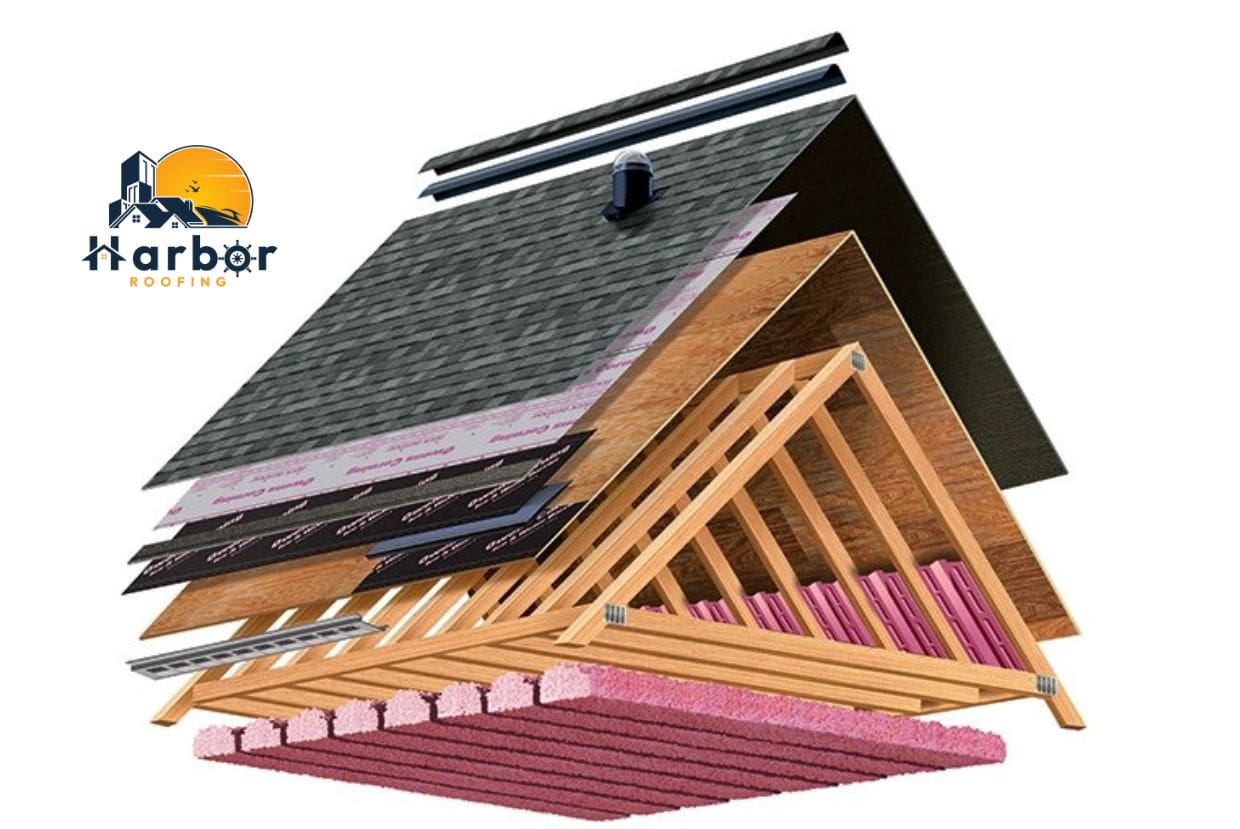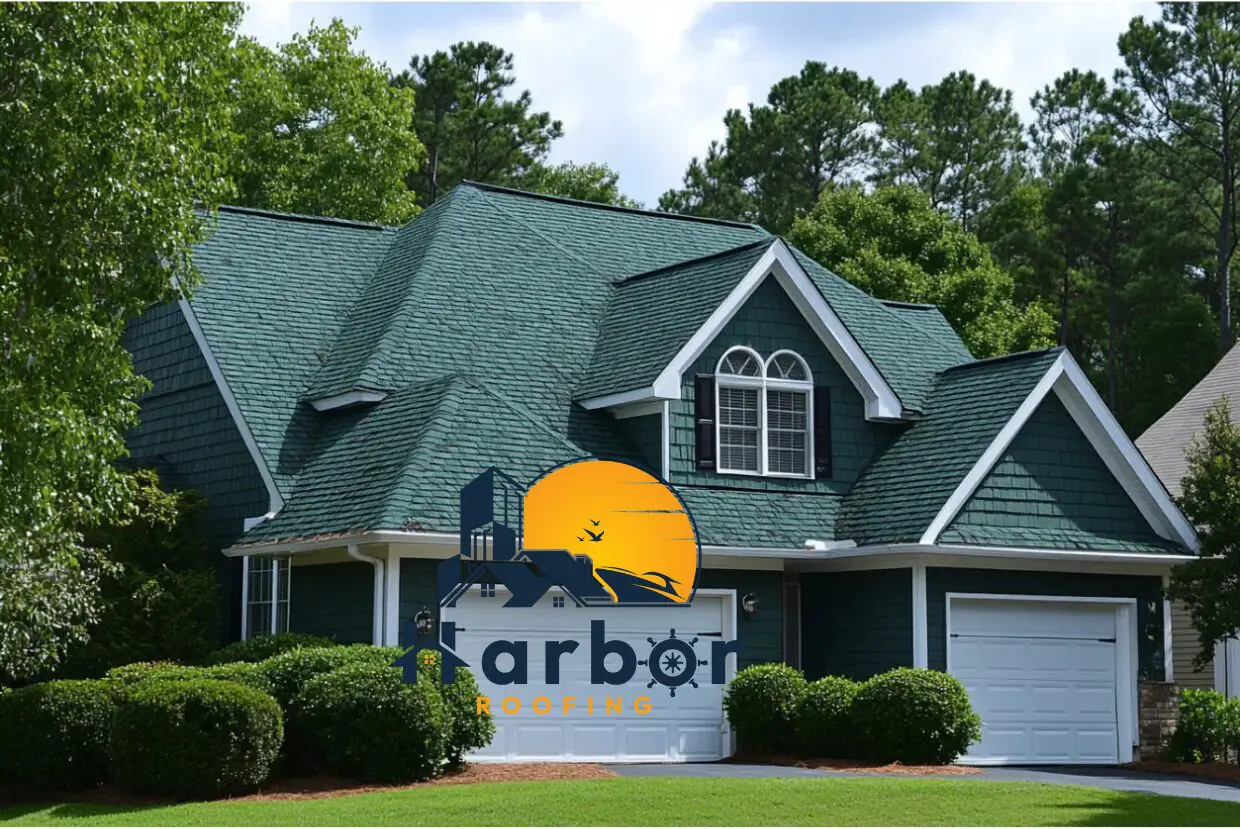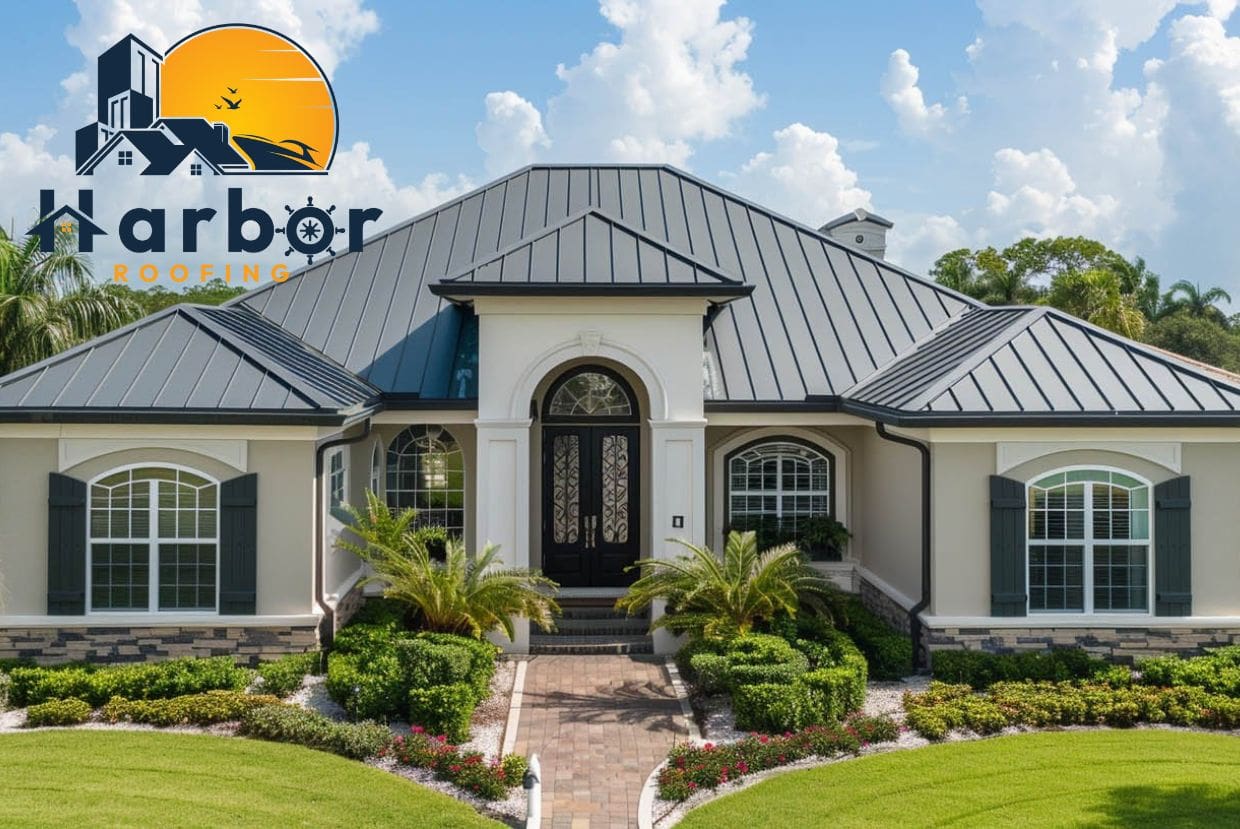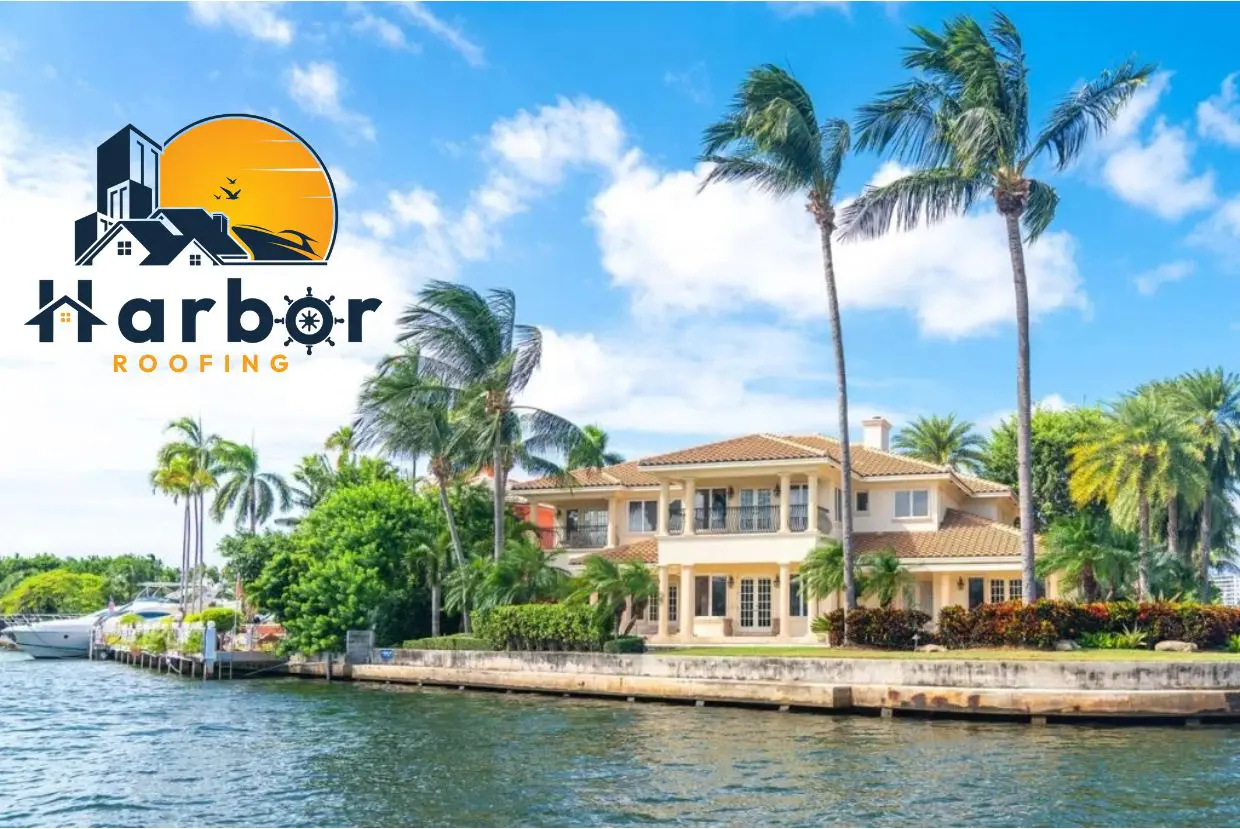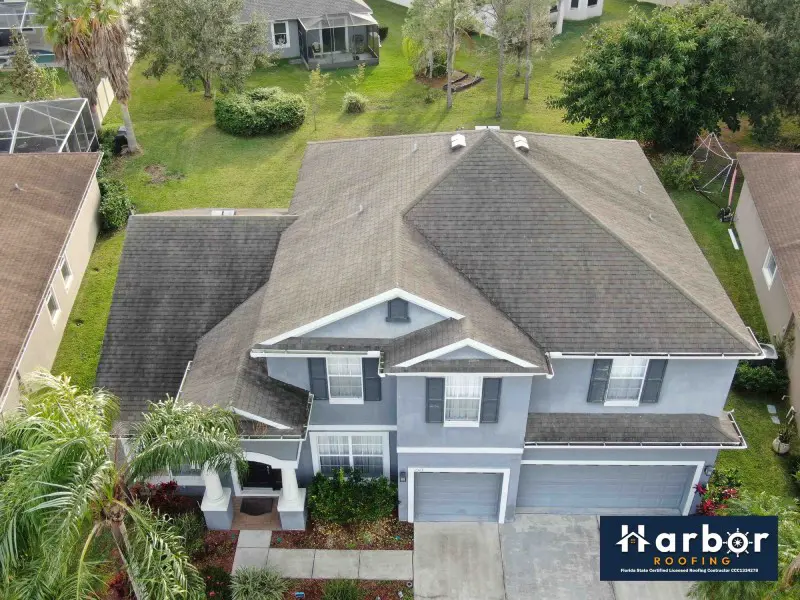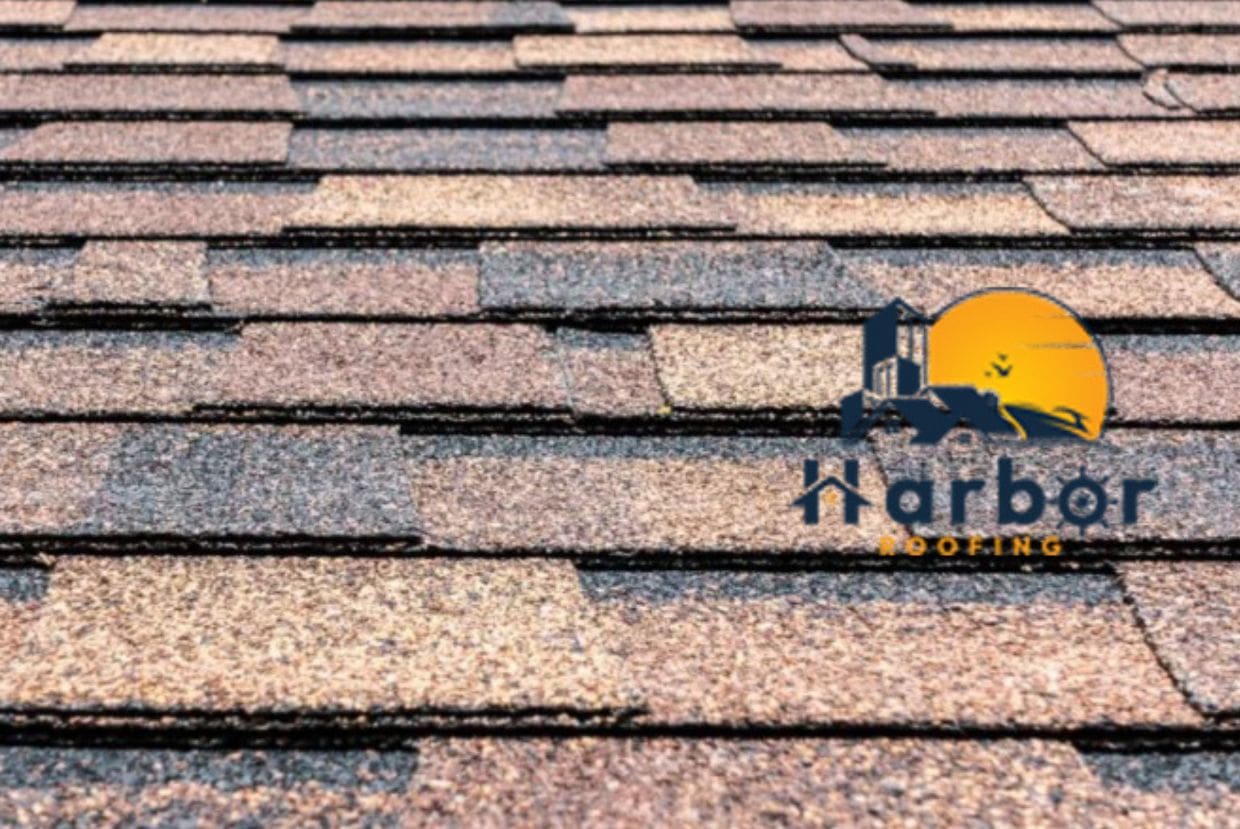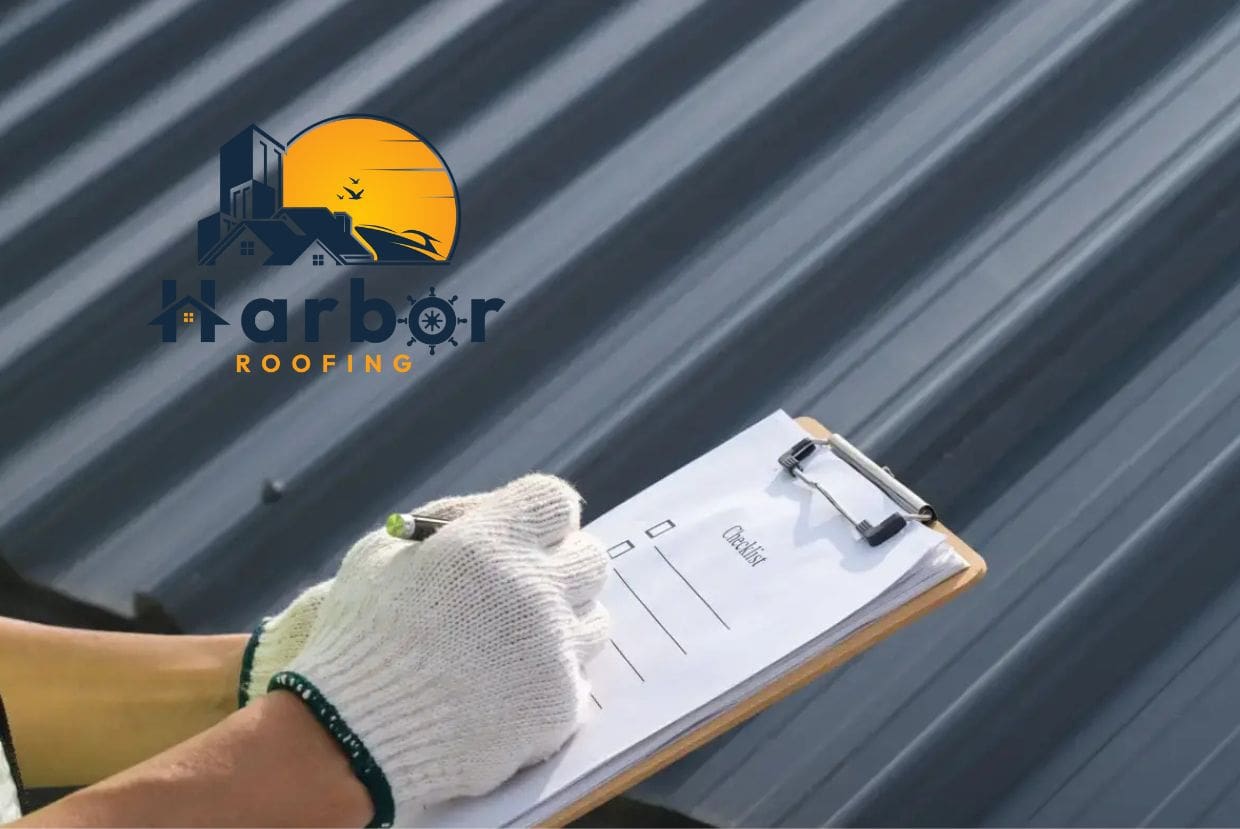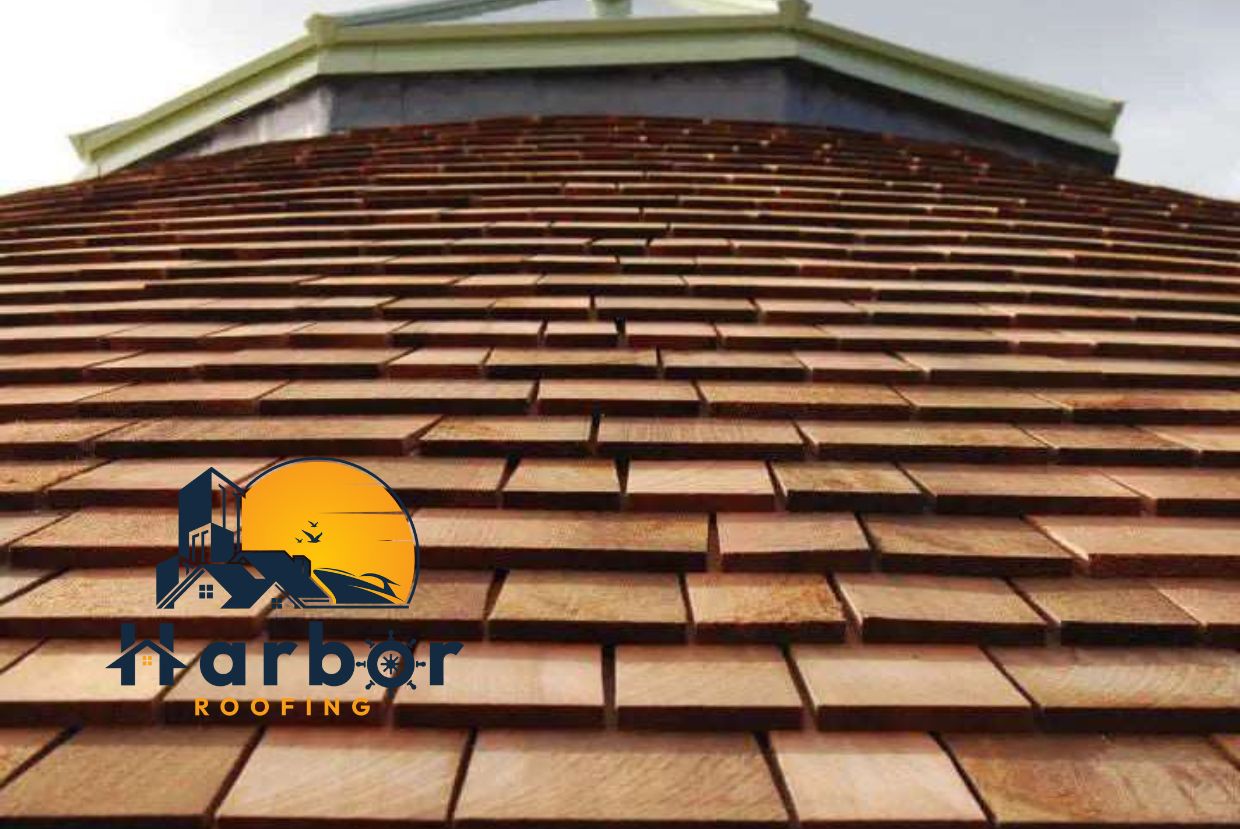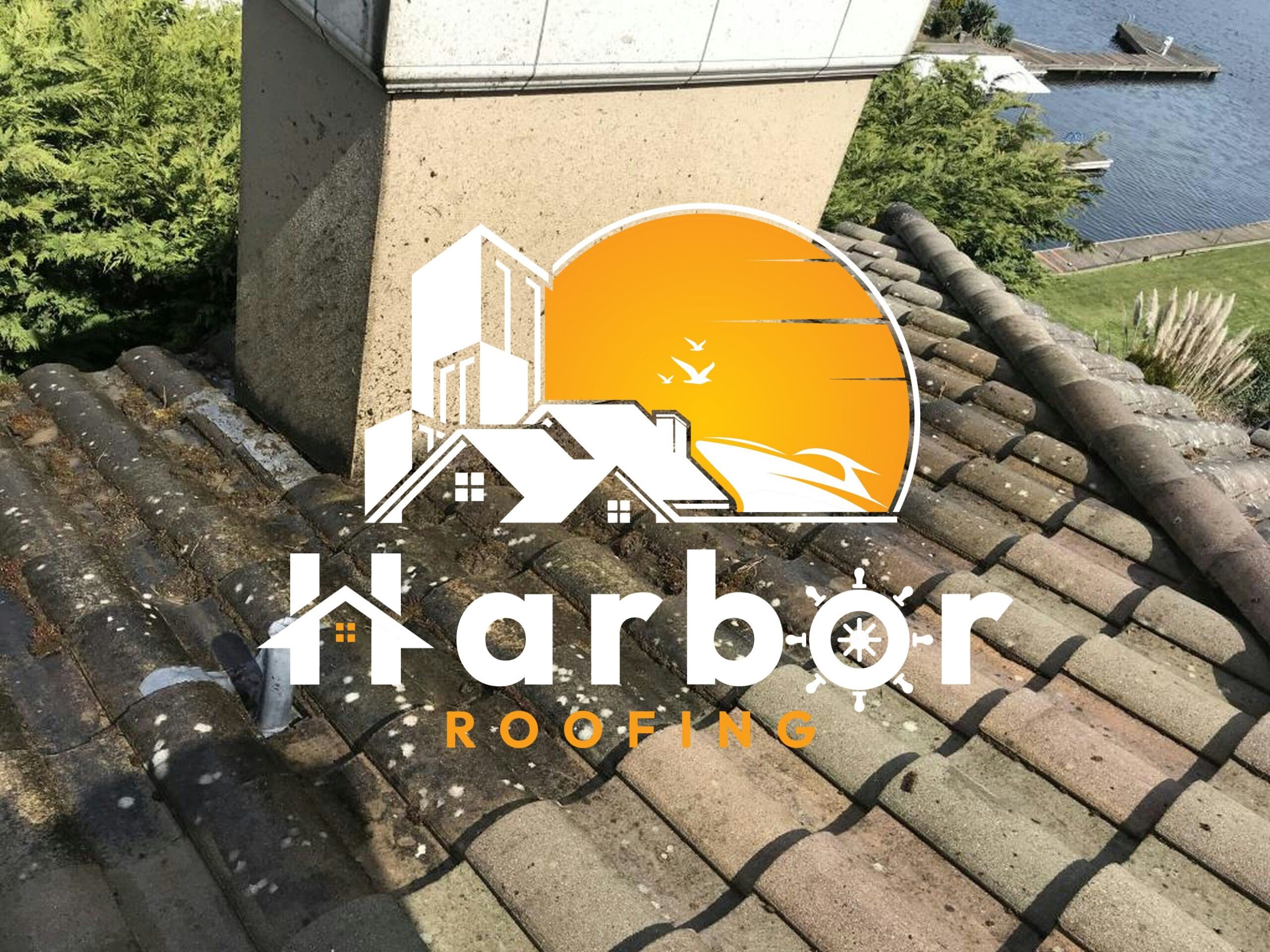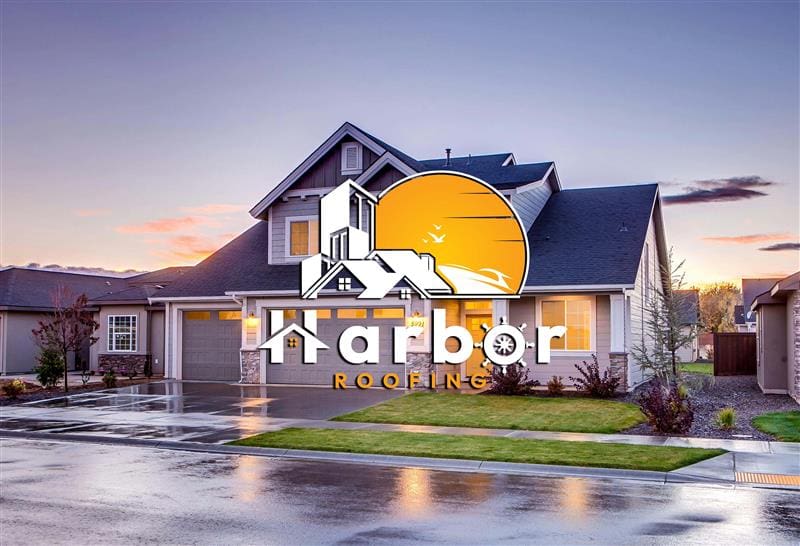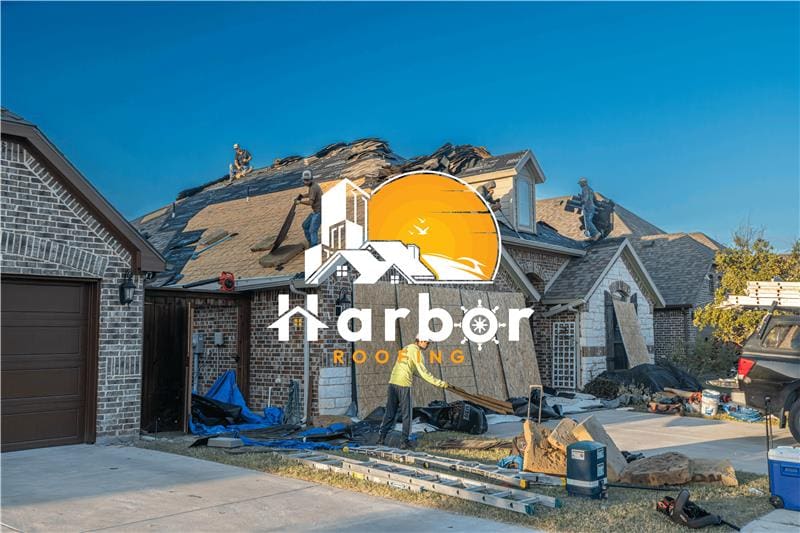What many people do not know is that there’s more to a roof than the top layer (shingles) they see. Several layers and components come together to form the roof that protects you and your properties. Being familiar with these roof layers and knowing their role in the roof structure is essential. Furthermore, awareness of these things will help you understand the importance of regular roof maintenance, which is necessary for longevity and functionality.
In this article, we will discuss the different vital components that make up a roof and their functions. Dive in to get familiar!
Essential Roof Layers You Need to Know
Roof Decking

Another name for roof decking is roof sheathing. It is the first layer of your roof, usually made of oriented strand board (OSB) or plywood. It is the wooden boards that form your roof’s framing. A roof decking is your roof’s foundation, as it is the part of the roof where the roofing contractor will install every other roofing component and material, giving them structural support.
A roof decking is susceptible to water and should be protected from moisture to prevent rotting. In a situation where your decking starts to rot, do not ignore or trivialize it. However, the only way to know when a roof decking is rotting is by tearing it off the roof. OSB is a better material for roof decking and provides more secure protection against moisture. On the other hand, plywood is more durable.
Functions
- Provide structural support: It is a foundation for the whole roofing system, providing an even weight distribution across the roof, making it sturdy and stable.
- Aids fastening: A roof decking aids the fastening of materials to the roof. Hence, it serves as a point of attachment for fasteners.
- Offers moisture protection: It is a secondary form of protection from water invasion.
Drip Edge

A drip edge is another essential roofing component that a roofer installs at the roof’s edge to prevent water from gaining access to the fascia and other roofing components beneath it by redirecting it into the gutters. It is a type of metal flashing, and without it, water will penetrate sensitive areas on the roof and lead to the rotting of some roof parts like the decking and fascia board.
Do you know how essential the drip edge is? It is so essential that it is a part of the building code to have a correctly installed drip edge on your roof. However, some contractors, in a bid to reduce their workload or lower their labor costs, leave out drip edge. If you hire such roofing contractors, passing a home inspection will be challenging.
Functions
- Prevents water damage: A drip edge helps to reduce the risk of water damage to your roofing system.
- Protection from rot: It protects the fascia board from water, keeping it dry and preventing rotting.
- Boosts a roof’s lifespan: It improves a roof’s lifespan by directing water to the right channel.
Ice and water shield

An ice and water shield is a protective membrane that covers your roof from water and ice damage. Roofers install it on a roof decking to stop water from gaining access and keep it weathertight.
This roof layer is vital in specific areas of your roof, like around roof penetrations and valleys. Additionally, installing them on roofs with specific pitches like 2/12, 3/12, and 4/12 is essential.
Functions
- Prevention of leaks: It is an effective means of averting leaks, especially ones due to windy rainfall and ice dams.
- Serves as extra protection: Ice and water shields serve as extra protection against water penetration around roof penetrations, valleys, and eaves.
- Improves durability: Due to the protection they provide to specific points on your roof from water damage, your roof’s durability increases.
Roof Vents

Roof vents are a means of regulating a home’s temperature. You can describe them as a roof’s breathing organs. Inadequate ventilation will shorten your roof’s lifespan, among other troubles it will cause. You also have varieties to choose from for your roof vents. Your options for an active vent system will be power vents, turbine vents, solar-powered vents, or ridge vents (with a baffle). If yours is a passive system, you have box vents, gable-end vents, and ridge vents (with no baffle).
Functions
- Regulation of airflow: Roof ventilation ensures the proper and smooth airflow to prevent overheating and moisture.
- Extends the lifespan of the roof: The roof vents minimize the exposure to water damage and related damage, extending your roof’s lifespan.
- Improves energy efficiency: An adequately ventilated home helps keep the home’s temperature regulated, therefore enhancing its energy efficiency.
Roof Underlayment

A roof underlayment is a roof layer that lies between your shingles and roof decking. It serves as a barrier to moisture, preventing it from getting to your roof decking. The classic underlayment was a layer of special paper made from a thin material (roofer’s felt). Recently, more roofing contractors have used the asphalt-based synthetic option, which is more long-lasting and does a better job of keeping moisture out. Before moisture gets to your roof decking, it has to go through your underlayment. It is your roof’s last line of defense before the decking and should be treated as essential.
Functions
- Water resistance: This roof layer gives extra protection to the roofing system against moisture.
- Temperature regulation: It plays a role in regulating a home’s internal temperature because of the extra protection against exterior weather conditions.
- Protection against the wind: An underlayment prevents rain driven by the wind from penetrating the roofing shingles.
Starter Shingles

Starter shingles always go beneath the first set of shingles, and the roofer installs them on the roof. They are a pre-cut row of materials that ensure roofing materials are present between the joints where the shingles rest on each other on your roof edges. Starter shingles also have adhesives that help them resist strong winds.
Functions
- Wind resistance: Starter shingles improve a roof’s wind resistance because they help to secure the roof’s edges against wind uplift.
- Water resistance: They have a seal that is waterproof and prevents water from passing through them.
- Footing for rows of shingles: It is the foundation for the rows, ensuring adequate spacing.
Roofing Shingles

Roofing shingles are the layer most people think of when they hear “roof.’ However, it makes up a large percentage of the roof and is the uppermost layer of your roofing system. It could be metal roofing, asphalt shingles, synthetic roofing, etc).
Functions
- Aesthetic allure: Roofing shingles are available in different designs and colors. They elevate a home’s curb appeal.
- Protection against the elements: They shield your home from the elements, including rainfall, UV rays, and snow.
- Energy efficiency: Shingles help in a home’s insulation; therefore, enhancing its energy efficiency.
Roof flashing

Roof flashing is a flat piece of metal that sends water away from specific parts of your roof, like the chimney and vent pipes. It is typically made of copper, steel, or aluminum. Regardless of the material the manufacturers produce it with, a roof flashing normally outlasts the original roof your roofer installs it on. Therefore, when replacing your roof, you don’t necessarily need to get new flashings.
Functions
- Diversion of water: Roof flashings divert water away from certain areas on the roof.
- Improves durability: Due to its function of preventing water infiltration, it enhances the roof’s durability.
- Prevents leaks: Because it seals off parts of the roof that are vulnerable, it gives no room for leaks.
Conclusion
Properly understanding the roof layers is vital for everyone, especially homeowners, as the knowledge helps them make informed choices about repairs, replacement, or maintenance. Each roof layer is essential in achieving the common goal of protecting your property for years.
Now that you are more informed, we hope you won’t be lost again when people talk about roofs and the several layers.
